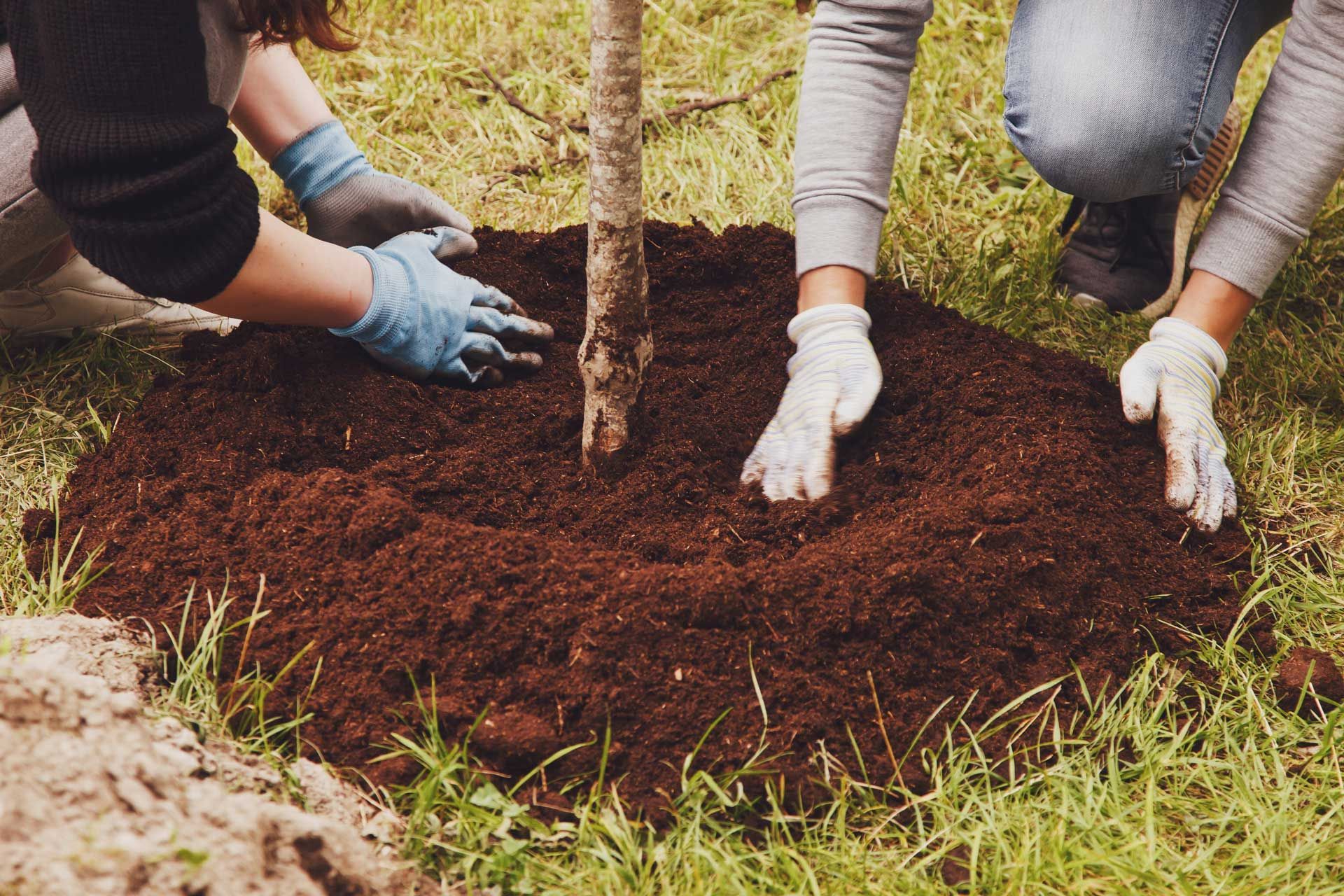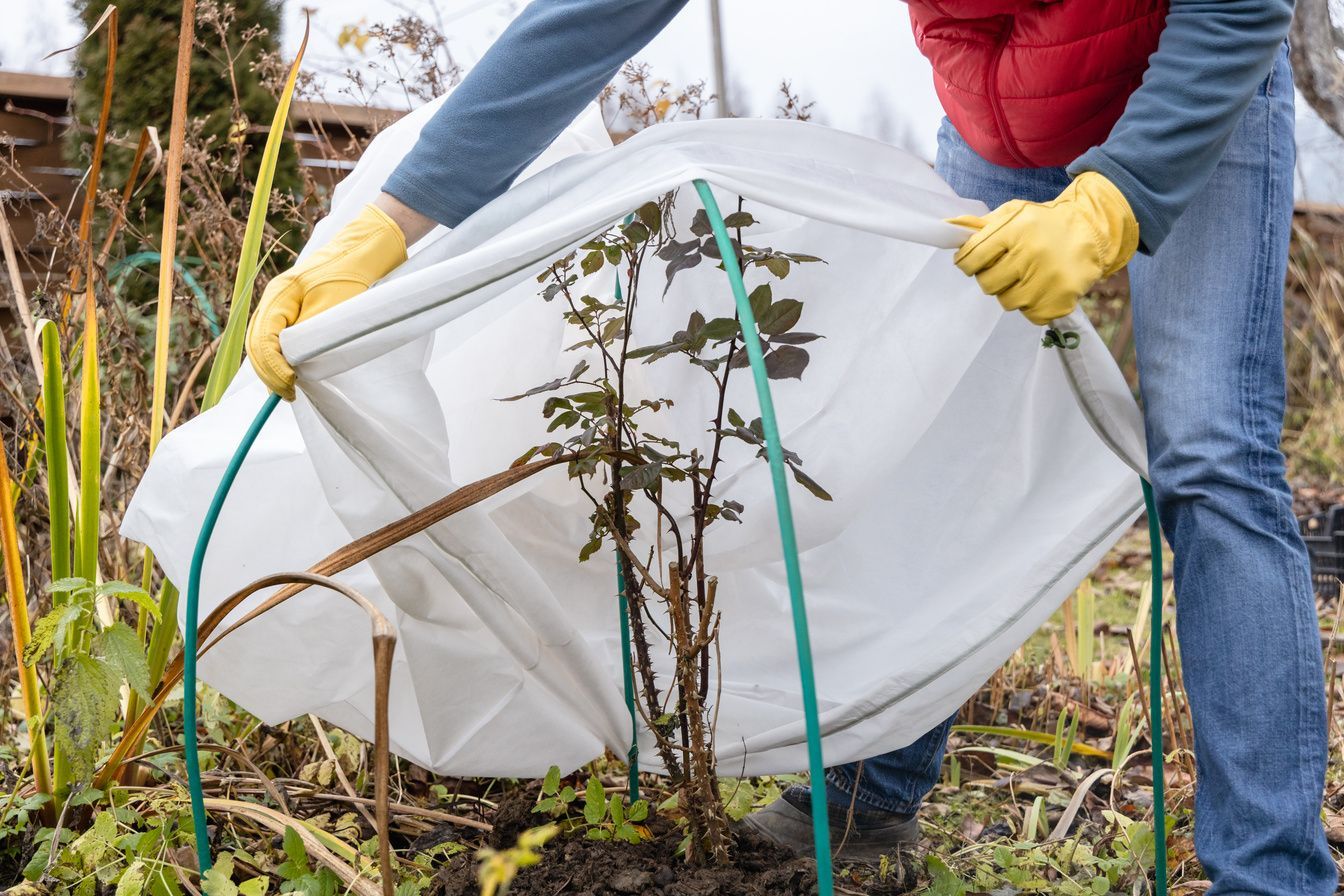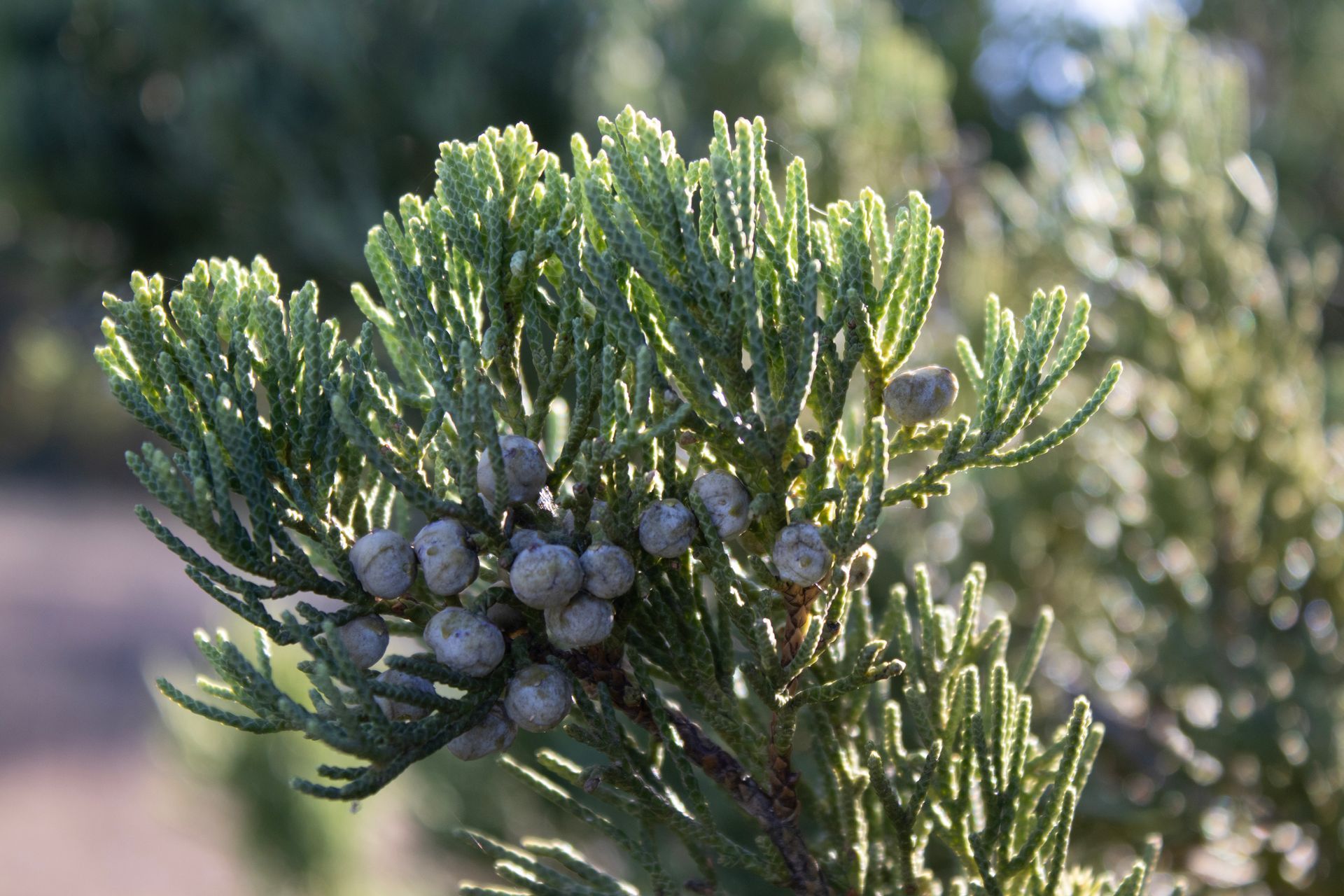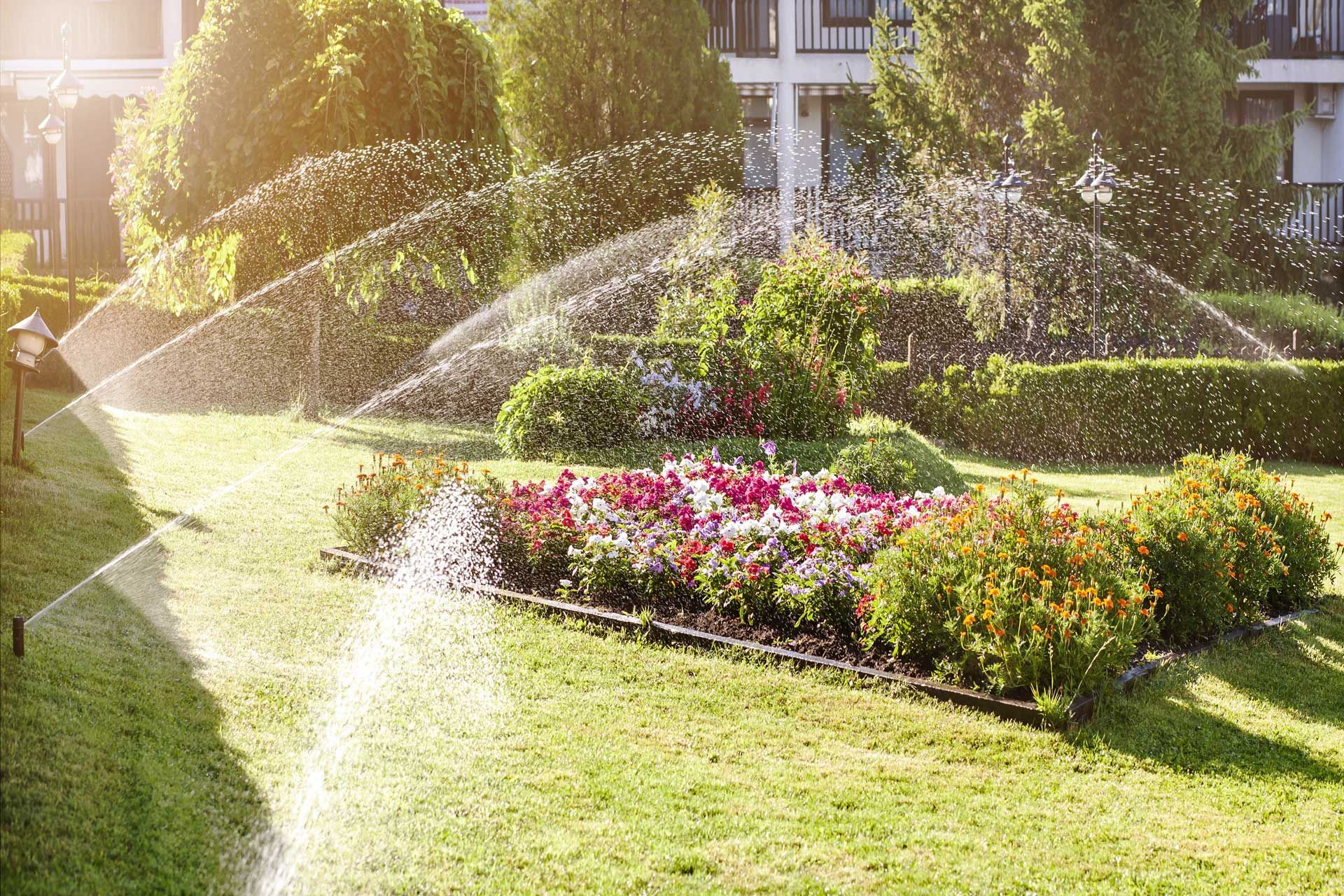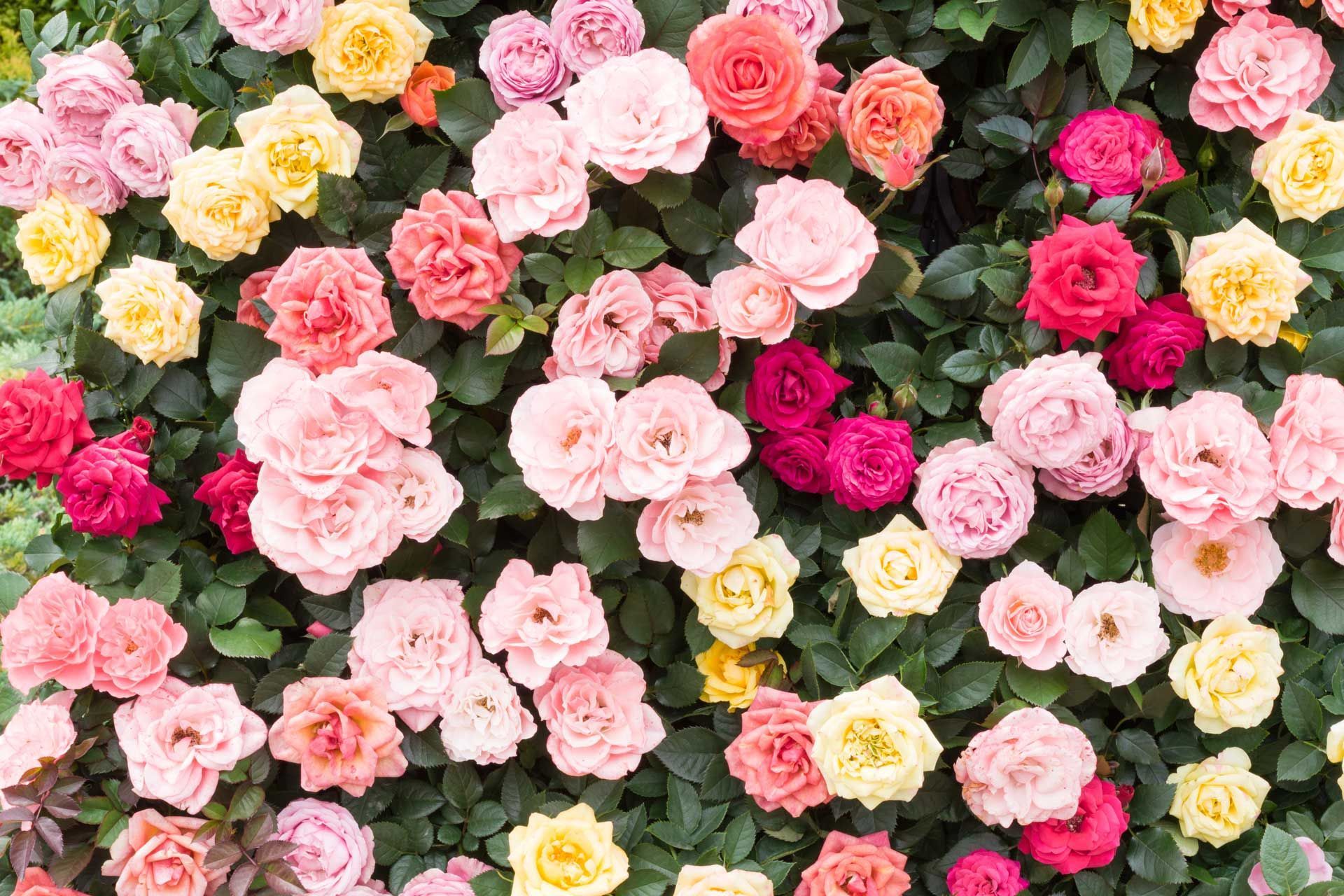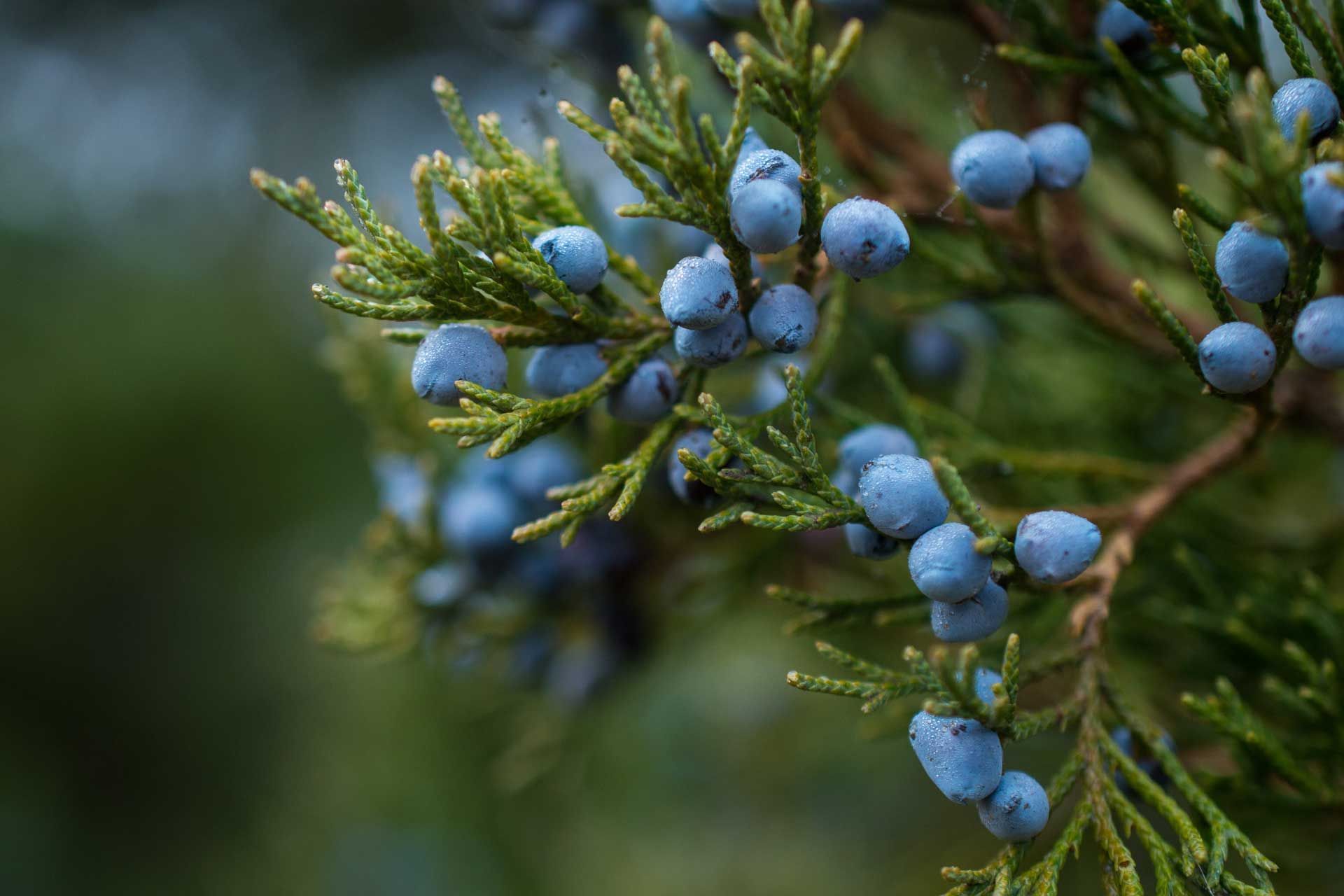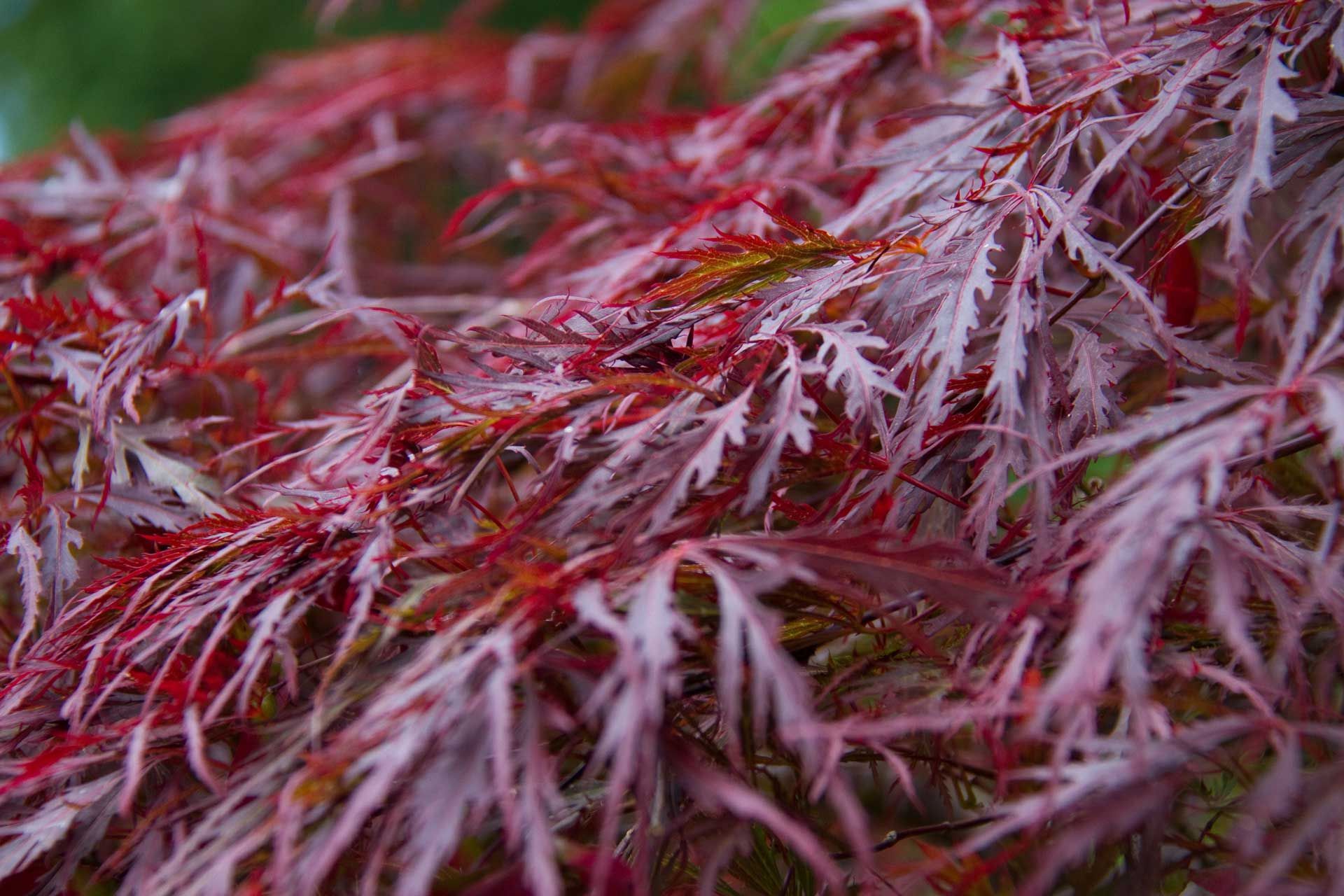Hosta Care Tips
Types of Hosta:
Albo Marginata: 18-24" x 40"
June: 12" x 30"
Loyalist: 12-18" x 24"
Stained Glass: 15" x 36-48"
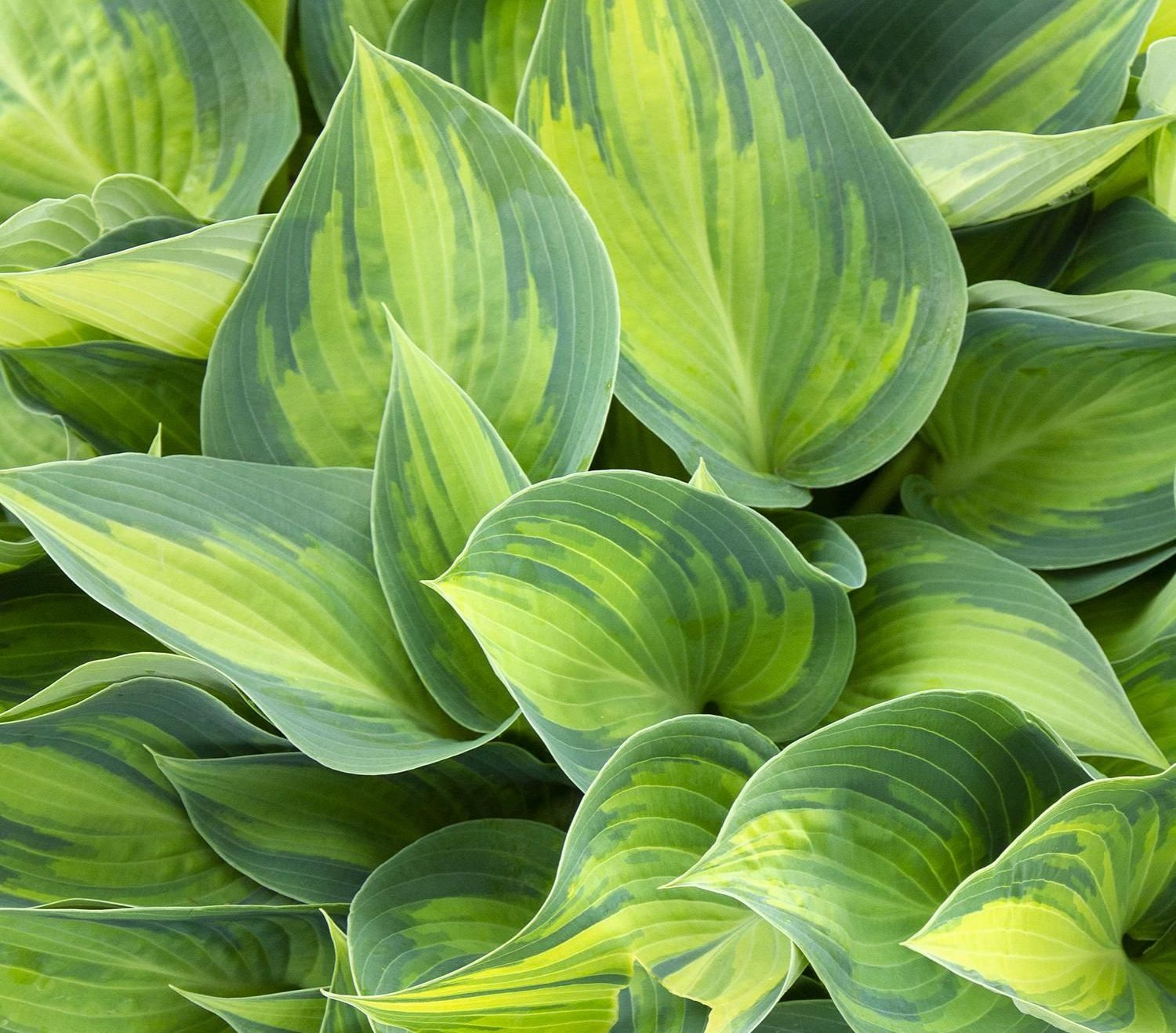
Tips
Hostas are best planted in early spring or late summer/early fall, depending on your climate. Spring planting allows roots to establish before summer heat, while fall planting gives them time to settle before winter. Hostas thrive in shaded areas but can tolerate morning sun. Avoid planting them in locations with harsh afternoon sunlight. Hostas thrive in soil with a pH between 6.5 and 7.5, which is slightly alkaline to slightly acidic. Hostas thrive in moist, well-drained soil rich in organic matter. Avoid planting them in heavy clay soil, as it doesn’t provide the necessary drainage.
How to plant Hosta:
When planting keep your soil type in mind if your soil needs to be amended do so. When planting make sure the root ball is above level ground by 2 inches to prevent rot root or fungus.
How to care for your Hostas:
Fertilizing:
Hostas in moist, rich, shady soil need minimal fertilization. Feed them in spring as leaves emerge, but avoid late-summer feeding to prevent frost-damaged new growth.
Pruning:
Cut back hostas in the fall to encourage healthy spring growth. As temperatures drop, pests like slugs, rabbits, and deer may target the leaves. Prune after the first hard freeze, starting with wilted or brown foliage.
Pro Tips
Sprayer Use:
- A pump-up sprayer is recommended.
- Avoid leaving chemicals in the sprayer after use.
Seasonal Adjustments:
- Reduce spraying during hot summer months following chemical instructions.
Watering Systems:
- Avoid overhead watering to minimize fungal leaf issues.
- Use drip irrigation as the best method for watering.
Types of Diseases
Slugs
Identify: Slugs and snails are common pests of hostas, causing large, irregular holes in the foliage and leaving telltale slime trails. These mollusks thrive in moist environments, hiding during the day and feeding at night.
Treatment: Prevent slugs from eating hosta leaves with remedies like coffee, beer, citrus, or eggshells. Natural predators such as frogs, toads, wrens, possums, and beetles can also help. Attract them by creating suitable garden habitats. Ammonia effectively kills slugs; follow the product’s instructions for best results. Apply in the evening when slugs are active, and avoid using it during extreme heat.
Heat Stress
Identify: Scorch causes browning along leaf margins and yellowing or darkening between veins. Affected leaves may dry out, turn brown, and become brittle. Similarly, sunburn affects the sun-facing parts of leaves, initially bleaching them before they turn brown and fall out. Planting hostas in direct sunlight increases the risk of sunburn.
Treatment: Minimize risk by planting hostas in full to partial shade and avoiding areas with intense afternoon sun. Mulch with shredded leaves, evergreen needles, or organic matter to keep the soil cool and moist.
Anthracnose
Identify: Irregular white to tan spots with brown borders may cause leaves to become tattered as centers fall out. This disease thrives in warm, wet conditions, so proper spacing is key for prevention. Similar issues include scorch, sunburn, and frost damage.
Treatment: To manage anthracnose effectively, combine strategies like early morning irrigation, keeping plants cool, and removing infected leaves. Use fungicides, such as chlorothalonil, iprodione, mancozeb, or thiophanate-methyl, in areas with recurring issues. Apply before symptoms appear and follow label instructions, adjusting frequency based on weather conditions.
Hosta Leaf Nematode
Identify: Hosta leaf nematodes are microscopic roundworms that feed & reproduce inside hosta leaves. Symptoms begin as yellow discoloration in late June, followed by chocolate brown streaks or patches bordered by veins. These areas appear on both sides of the leaf & only between veins. As the infestation progresses, the entire leaf turns brown and dries, with younger leaves less
affected than older ones.
Treatment: To prevent the spread of foliar nematodes, reduce leaf wetness, as they require moisture to move. Remove damaged leaves to decrease nematode populations and stop further spread. Dead leaves should also be removed and destroyed, as nematodes can survive in a desiccated state. Control is more challenging since nematodes can persist in crown tissue. Heat treatments can eradicate them, especially in small infestations. In cold climates, heat treatments
in fall followed by replanting are effective, while warmer climates may require late winter treatments to avoid breaking dormancy.
Southern Blight
Identify: Southern blight is a fungal disease that causes leaf bases to rot, leading to yellowing, collapse, and death of the leaves. When temperatures exceed 70°F,infected plants develop water-soaked stem lesions near the soil line, and leaves will detach easily when pulled. In high humidity, cottony mycelium forms around the stem base and soil. Sclerotia, resembling mustard seeds and ranging from white to reddish-tan or light brown, develop at the plant base and may form a crust on the soil.
Treatment: Fungicide drenches can be used as a preventative measure on ornamental plants, but they are not recommended for treating southern blight on hostas, especially in home gardens. The most important step is to remove infected plant material. To prevent southern blight in the garden, ensure that plants are purchased disease-free.
